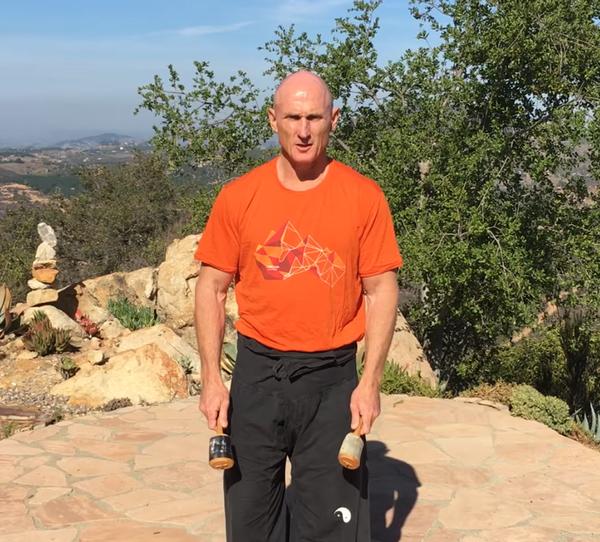The Viscera-Emotions Connection
by James Phelps

You may have heard in passing about visceral manipulation, a gentle technique that assesses the relationships between the organs and other structures in the human body (joints, fascia, ligaments and muscles) as a means to find and treat the root causes of structural and functional imbalances.
The goal of visceral manipulation: Increasing proprioceptive communication within the body, thus relieving dysfunctions, poor posture and pain.
Because our organs are connected to the nervous system in a multitude of ways, a practitioner skilled in visceral manipulation works with the viscera (the internal organs located in the chest and abdomen of the body) that surround and bind them together to help them function and communicate better.
Visceral manipulation is a relatively new form of treatment developed and created by Jean-Pierre Barral, a world renowned osteopath and physical therapist in France.
It’s also one of many modalities used by CHEK Practitioner and Faculty Member Matt Sorenson, who just happens to be a certified visceral manipulator and massage therapist, to help his clients heal too.
Take, for example, successfully treating a frozen shoulder by mobilizing the stomach and freeing up the phrenic and suprascapular nerves. The real skill here is opening up the communication pathways between the brain and other organs so the body — what Matt calls the master compensator — can ultimately heal itself.
“Every organ plays its own part in what we call the human experience,” Matt says. “Each organ functions metabolically, emotionally and spiritually.”
Matt estimates 80 percent of the postural adaptations he encounters with his clients stem from visceral dysfunctions.
Learn how Matt works with his clients to find the true origins of their real health problems by listening — there’s much more going on about our own bodies and the viscera’s connection to the psyche than we realize — and how the CHEK Totem Pole inspired him to learn visceral manipulation.


